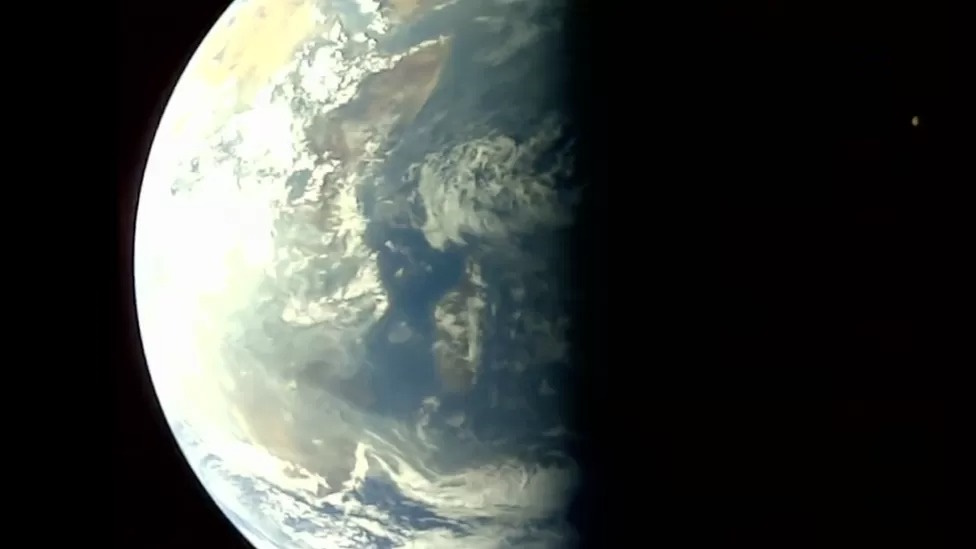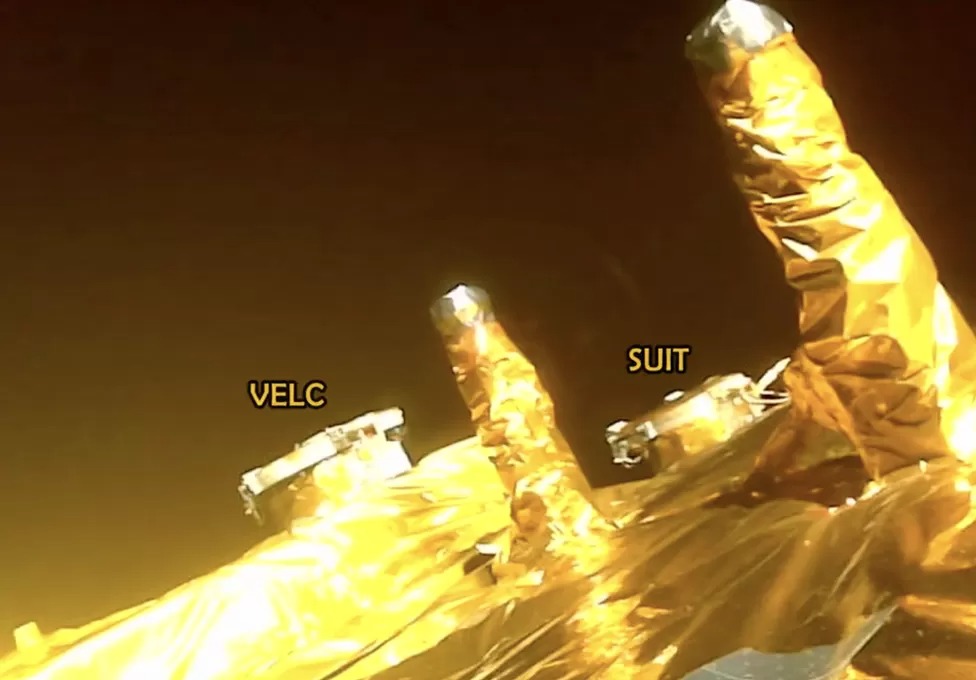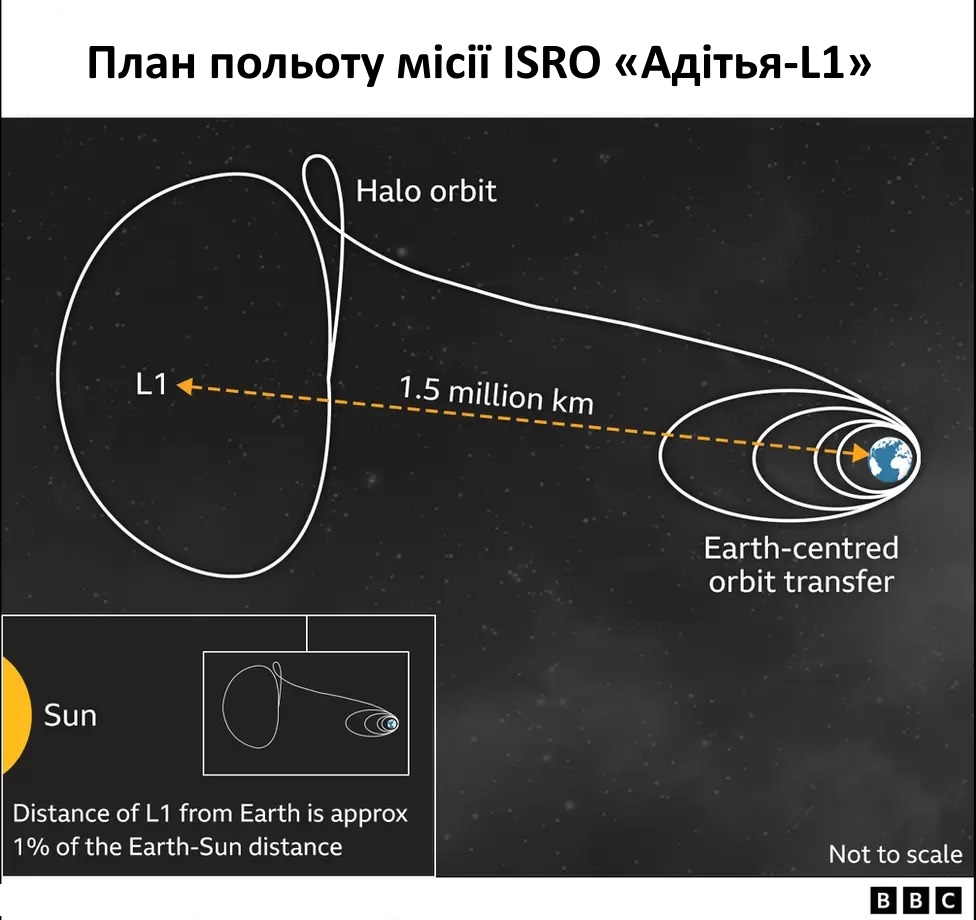The Indian Space Agency (ISRO) has amazed the world with the first historical photographs obtained from a solar observation mission that is already on its way to our star. On September 4, ISRO released two spectacular images taken by a camera mounted on the Aditya-L1 spacecraft. This spacecraft is the first Indian space solar probe, its name means “sun” in Hindi.

The images were published by ISRO as a video on the X platform, formerly known as Twitter. One of the photos shows the Earth and the Moon in one frame, where the Earth looks huge, and the Moon is like a small dot in the distance. The second image is a kind of selfie of the solar probe Aditya-L1, where you can see two of the seven scientific instruments used in this mission.
Aditya-L1 Goal
India’s mission to the Sun started on September 2. Now the Aditya-L1 spacecraft is flying to its destination — the Lagrange point L1, which is located at a distance of about 1.5 million km from the Earth, which is about 1% of the distance between the Earth and the Sun. ISRO estimates that the spacecraft will reach its destination in about four months.

According to the European Space Agency, the Lagrange point L1 is a special place between the Sun and the Earth, where the gravitational forces of both large objects compensate for each other, creating the opportunity for spacecraft to “hang” in this place. Thus, when Aditya-L1 reaches this “equilibrium point”, it will be able to orbit the Sun at the same speed as the Earth. This means that very little fuel will be required for its operation.
From this vantage point, the spacecraft will constantly observe the Sun and conduct scientific research. Aditya-L1 will study the Sun, helping scientists understand its activity, such as solar flares and coronal emissions of charged particles, which can cause beautiful auroras on Earth, but at the same time pose a threat to infrastructure, such as satellites.
Coronal heating research
In addition, the spacecraft will investigate a mysterious phenomenon — coronal heating. It consists in the extremely high temperature of the outer atmosphere of the Sun, reaching more than 1 million degrees Celsius.

If the Aditya-L1 mission is successful, India will join a select group of countries that are actively studying the Sun and making a significant contribution to our understanding of this very important star. The space mission shows that India continues to develop its capabilities in space research and expands the boundaries of its scientific achievements.
Earlier we reported on how the Vikram spacecraft performed an exciting trick on the Moon.
According to BBC.
Follow us on Twitter to get the most interesting space news in time
https://twitter.com/ust_magazine
